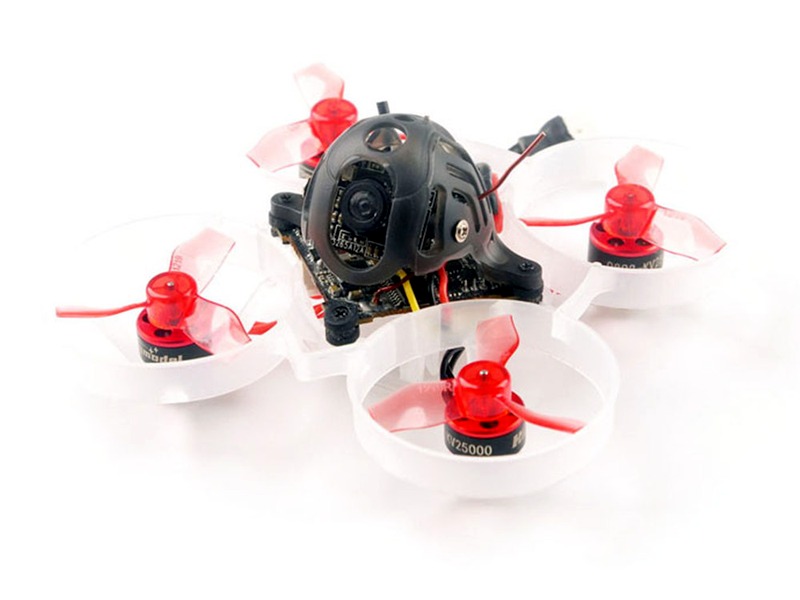How do you master drone fly?

Mastering drone flying takes practice, patience, and knowledge. Before you even start flying your drone, it’s important to become familiar with the laws and regulations surrounding drone use in your area. Additionally, you should familiarize yourself with the parts of the drone, how it works, and the different types of drones available.
Once you’re familiar with the basics, it’s time to get your drone in the air. To do so, start by practicing in an open, wide area away from other people and structures. Begin by familiarizing yourself with the controls, such as the throttle, pitch, and yaw. As you become more comfortable with the controls, start practicing basic maneuvers such as turns and hovering.
As you progress, you can begin to practice more advanced maneuvers, such as flips and rolls. It’s important to practice these maneuvers slowly and carefully, as they require more precise control of the drone. As you become more comfortable with the drone and the controls, you can gradually increase the speed and complexity of your maneuvers.
It’s also important to practice taking off and landing. When first starting out, it’s best to practice taking off and landing in an open space with plenty of room. As you become more comfortable, you can begin to practice taking off and landing in more confined spaces, such as a backyard or park.
When flying, be sure to stay aware of your surroundings and the other people and objects that could be in the area. Additionally, it’s important to keep the drone in sight at all times, as this will help you stay aware of the drone’s location and avoid any potential collisions.
Finally, it’s important to take safety seriously when flying a drone. Be sure to read the user manual for the drone, and always check the weather before taking off. Additionally, be sure to keep the drone away from power lines and other potentially hazardous areas.
By following these tips and practicing regularly, you can become a master of drone flying. It will take time and patience, but with the right knowledge and practice, you can become a skilled drone pilot in no time.
Comments / Question
2. Takeoff and Landing: Practice taking off and landing in a variety of conditions and locations.
3. Hovering: Practice hovering in place for extended periods of time.
4. Obstacle Avoidance: Practice flying around obstacles and navigating tight spaces.
5. Flight Paths: Practice flying predetermined flight paths and patterns.
6. Autonomous Flight: Practice flying the drone autonomously using GPS waypoints and other features.
7. Camera Control: Practice controlling the camera and gimbal to capture the best shots.
8. Racing: Practice racing the drone around a course or obstacle course.
9. Acrobatics: Practice performing stunts and acrobatics with the drone.
10. Night Flying: Practice flying the drone at night to get used to the different conditions.
2. Knowledge of drone hardware and software: In order to become an expert drone pilot, it is important to have a good understanding of drone hardware and software, including the different types of drones and their components.
3. Radio-frequency communication: Communication between the pilot and the drone is essential for accurate flying, so a good understanding of radio-frequency communication systems is required.
4. Advanced navigation: As a drone pilot, you need to be able to quickly and accurately navigate your drone to a designated location. This requires a good understanding of navigation systems such as GPS.
5. Problem-solving: As a drone pilot, you need to be able to quickly and accurately identify and troubleshoot any technical issues you may encounter while flying.
6. Visual acuity: A drone pilot needs to have a good eye for detail and be able to recognize obstacles and hazards while flying.
7. Attention to safety: Safety is the number one priority when operating a drone. A good knowledge of safety protocols is essential for an expert drone pilot.
2. Fly your drone in open, unpopulated areas and away from people, animals, airports, and buildings.
3. Fly your drone in an area where it is visible to you at all times.
4. Fly in favorable wind conditions and remain close to your drone at all times.
5. Follow all manufacturer safety guidelines, such as battery maintenance and recommendations for safe operation.
6. Make sure your drone is marked with your name and contact information in case of emergency or loss.
7. Be aware of your drone’s altitude and distance from where you are standing.
8. Use caution when flying in urban or heavily-populated areas and keep your drone within your line of sight.
9. Always avoid flying near other aircraft.
10. Do not fly your drone under the influence of drugs or alcohol.

